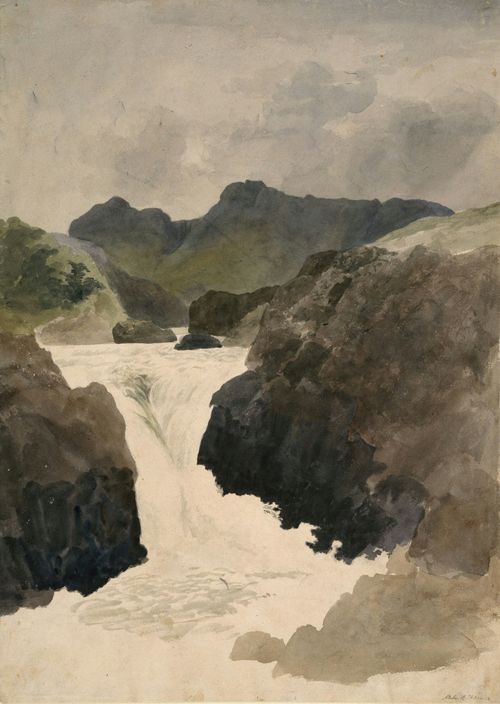The Art of Learning Everything: Feynman's Interdisciplinary Approach
Jun 13, 2024 · 2 mins read
0
Share

Richard Feynman, a Nobel laureate physicist, was also a bongo player, artist, and safe-cracker. His life is a testament to the power of interdisciplinary learning.
Save
Share
Feynman believed in the joy of finding things out. He approached learning with curiosity, diving into subjects from physics to biology, always asking "Why?" This curiosity fueled his interdisciplinary journey.
Save
Share
He mastered the art of simplification, breaking down complex ideas into simple, understandable pieces. This skill wasn't just for physics; it applied to everything he learned, making knowledge accessible.
Save
Share
Feynman's learning method involved teaching others. He believed that if you couldn't explain something in simple terms, you didn't truly understand it. This philosophy bridged gaps between disciplines.
Save
Share
He was a pioneer of quantum computing and nanotechnology, fields that require a blend of physics, engineering, and computer science. His interdisciplinary approach was not just personal; it shaped future technologies.
Save
Share
Feynman's adventures in biology, cracking the genetic code of a virus with no prior knowledge in the field, showcase his fearless approach to learning and the power of being a beginner.
Save
Share
His technique for solving problems, known as the Feynman Technique, involves four steps: identify the problem, try to explain it in simple terms, identify gaps in your understanding, and review. It's a universal learning tool.
Save
Share
Feynman's life underscores the importance of curiosity and persistence. He faced many failures, but his relentless pursuit of understanding was key to his interdisciplinary success.
Save
Share
He believed in the beauty of a flower at multiple levels, from aesthetics to cellular processes. This perspective highlights the interconnectedness of knowledge and the richness it brings to understanding.
Save
Share
Feynman's interdisciplinary learning teaches us that boundaries between subjects are often artificial. Embracing curiosity and the joy of finding things out can lead to a fuller, more interconnected understanding of the world.
Save
Share
0